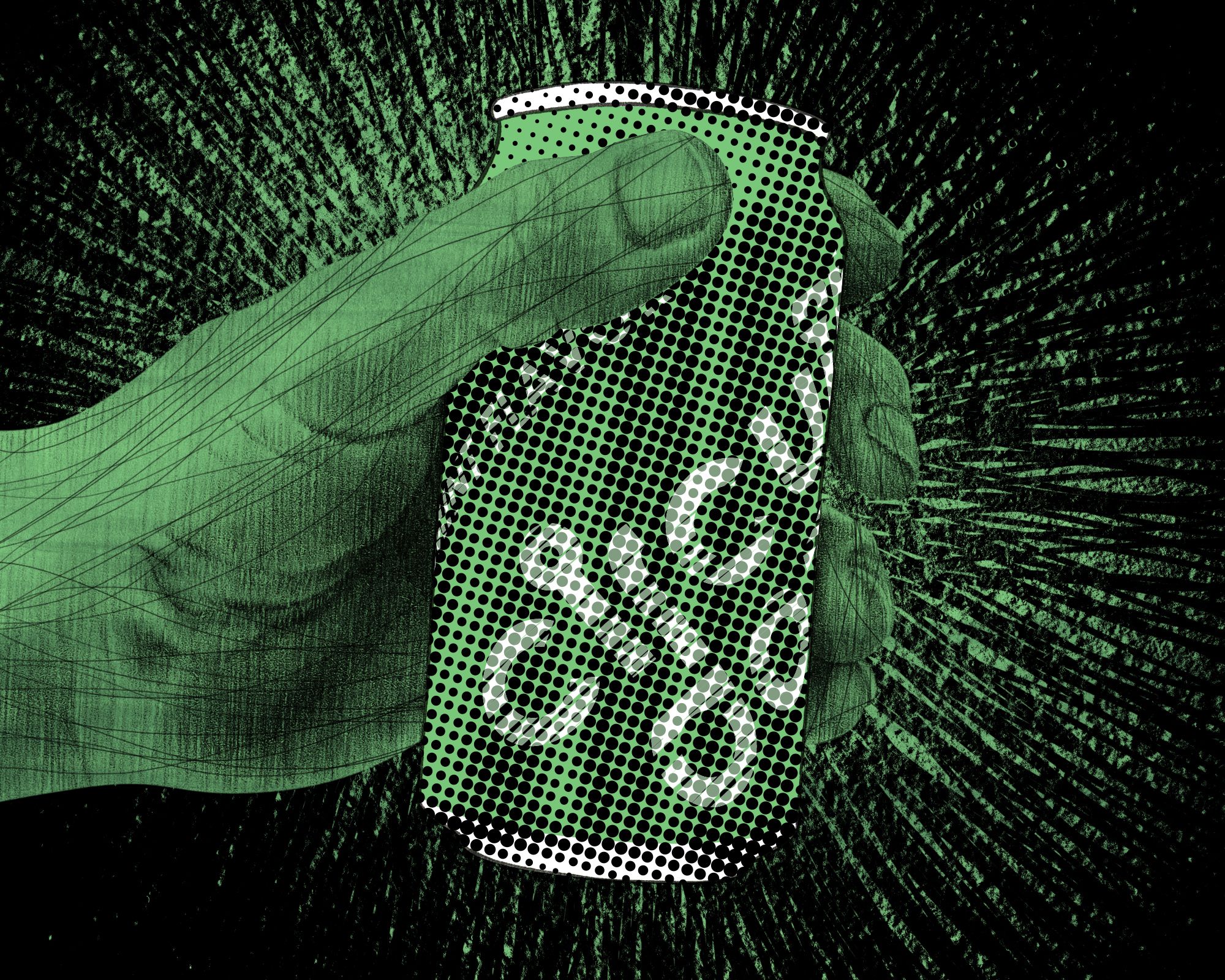You may not realise it when your alarm clock forces you into a bleary-eyed stupor first thing in the morning, but there’s actually a complex chemical process going on inside your brain as you wake up. And scientists now think they’ve identified the part of the brain that ends periods of light sleep and brings us into a state of wakefulness.
Researchers from Switzerland focussed their attention on a specific neural circuit located between the brain’s hypothalamus and thalamus. By stimulating this circuit with pulses of light in a group of mice, the academics could prompt rapid awakenings from sleep and then cause prolonged wakefulness.
Why should we be excited about knowing more about how we get yanked out of our regular sleep patterns? The researchers say it could ultimately help those who are trapped in a long-term coma or vegetative state, and on the flip side, could also help those with sleep disorders, or at least give doctors a better idea of why they aren’t sleeping correctly.







